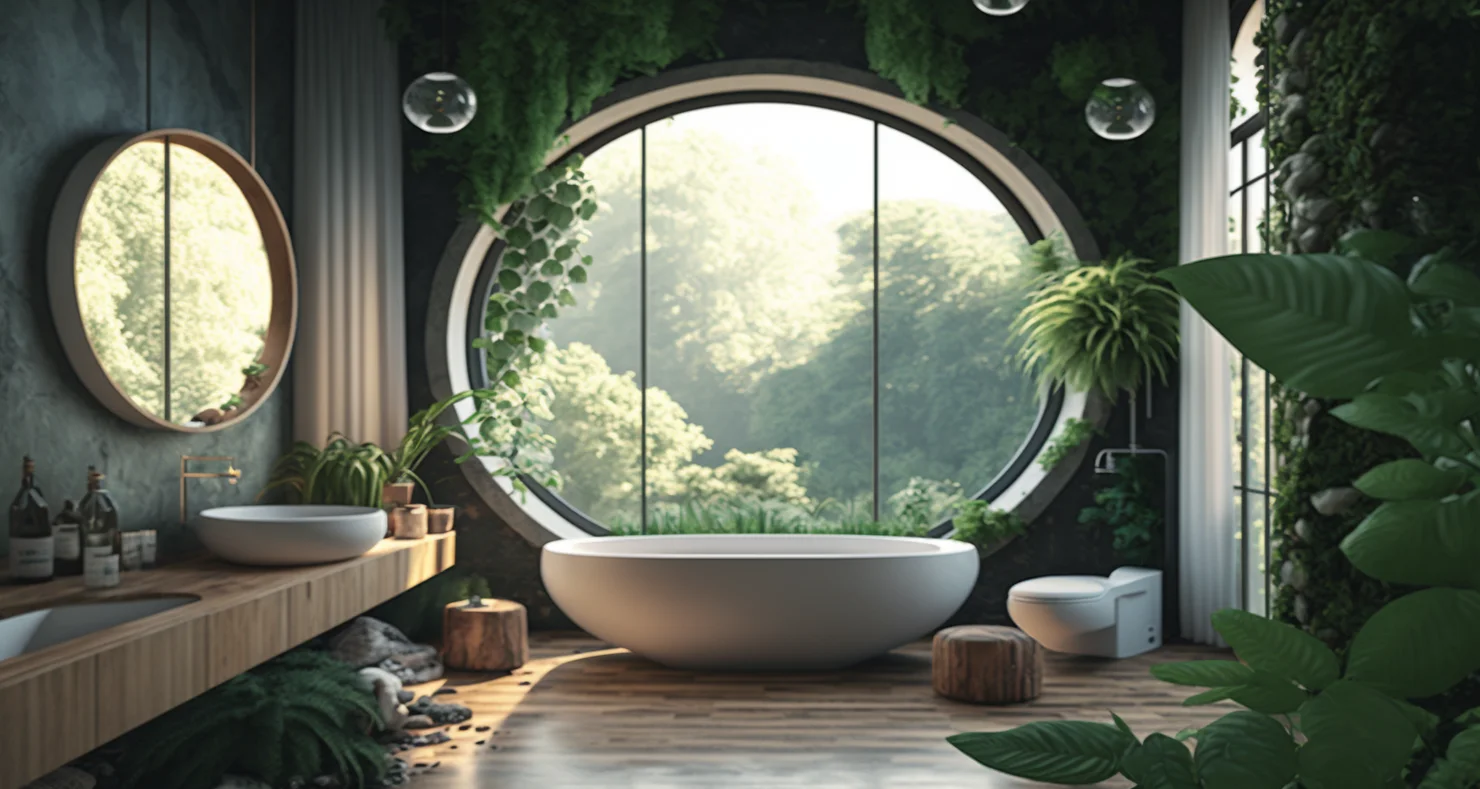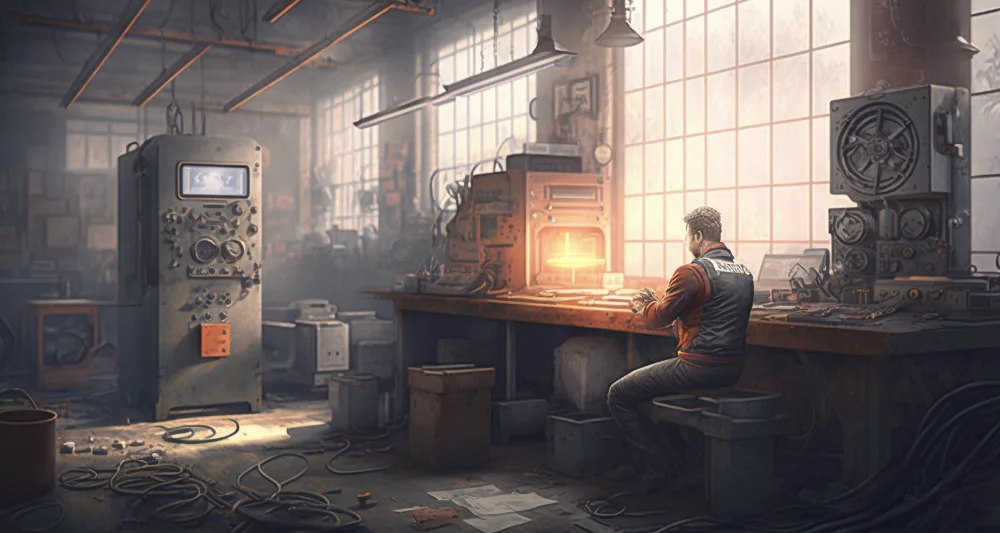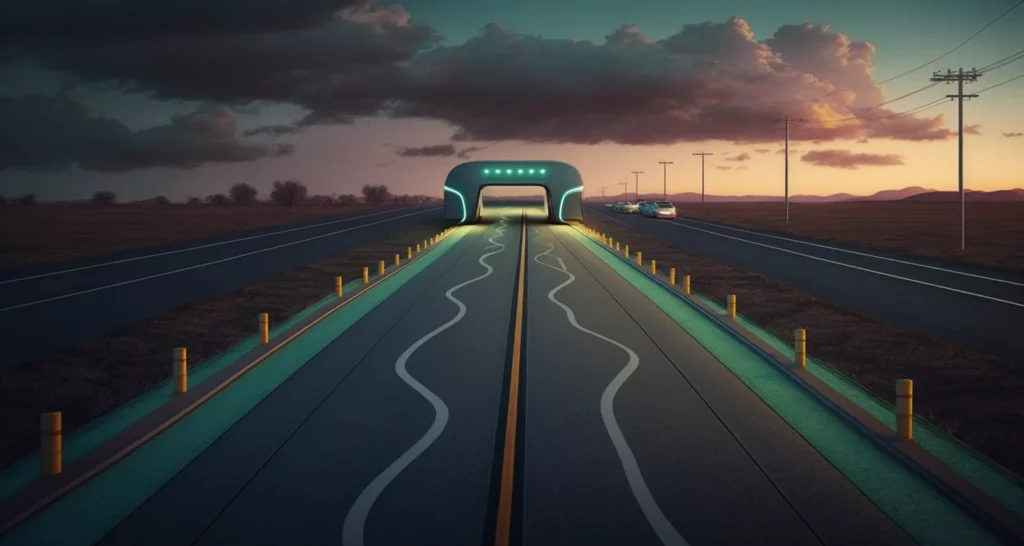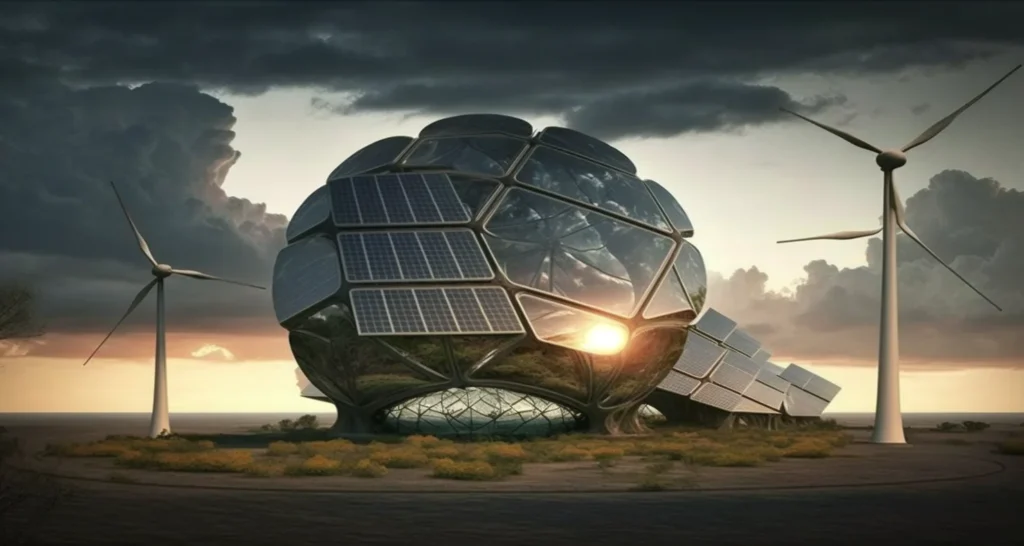As our lives become increasingly urban and we spend more and more time indoors, many people are starting to recognize the importance of connecting with nature.
The biophilic trend in home design seeks to address this need by incorporating natural elements into the built environment. In this article, we will explore some interesting facts about biophilic design and how it is changing the way we think about our living spaces.
What is Biophilic design?
BD is a design approach that seeks to incorporate natural elements into the built environment in order to improve our well-being and connection with nature. This can include incorporating natural light, plants, water features, natural materials, and other elements that evoke the feeling of being in nature.
Interesting facts about biophilic design
- Biophilic design has been shown to improve our health and well-being
Research has shown that incorporating natural elements into our living spaces can have a positive impact on our mental and physical health. For example, studies have shown that exposure to natural light can improve our sleep quality, while the presence of plants can reduce stress and improve cognitive function.

2. Increase our productivity
In addition to improving our health, biophilic design can also boost our productivity. Studies have shown that employees who work in spaces with natural light and plants are more productive and take fewer sick days than those who work in traditional office spaces.
3. Reduce energy costs
Incorporating natural elements into our living spaces can also have environmental benefits. For example, using natural light instead of artificial light can reduce energy costs, while using plants to improve indoor air quality can reduce the need for mechanical ventilation.
4. Is becoming increasingly popular
As more people become aware of the benefits of biophilic design, it is becoming an increasingly popular trend in home design. From living walls to green roofs, there are many ways to incorporate natural elements into our living spaces.
5. Incorporated into any space
BD is not limited to large, open spaces. Even small apartments can benefit from incorporating natural elements like plants and natural materials into the design. In fact, some designers are even incorporating biophilic design into tiny homes and other small living spaces.

In conclusion,
biophilic design is a growing trend in home design that seeks to improve our well-being by incorporating natural elements into the built environment. Whether you are building a new home or simply looking to improve your current living space, incorporating biophilic design elements can have a positive impact on your health, productivity, and overall well-being.













